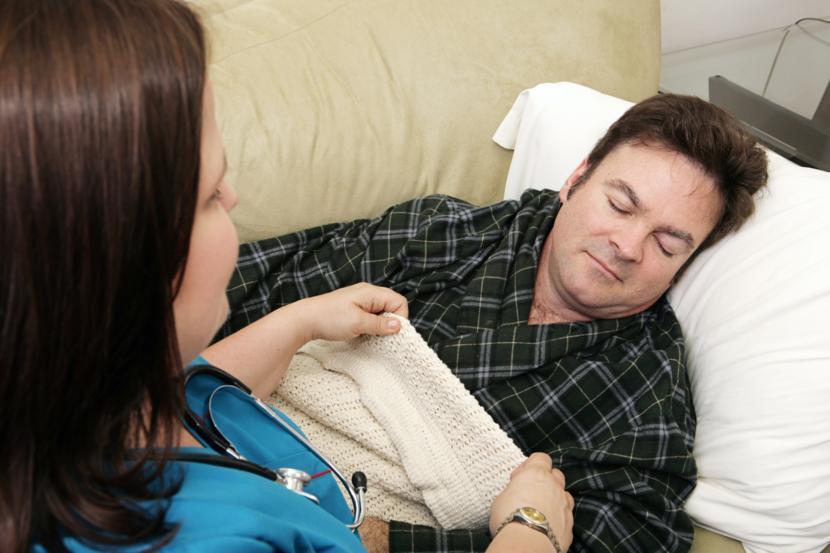Exposure to DDT Increases the Risk of Testicular Cancer

Men exposed to the remnants of DDT, a once popular pesticide, have an increased risk of testicular cancer, according to a study published in Journal of the National Cancer Institute. The study shows that men who have high levels of DDT by-product, dichlorodiphenyldichloroethylene (DDE), have a 1.7 times more chance of developing tumors in the germ cells of the testicles, when compared to those who have low levels.
DDT, or dichlorodiphenyltrichloroethane, is an organochlorine pesticide that was commonly used to kill insects. It was developed and used as a pesticide against mosquitoes to prevent diseases, like malaria. This pesticide was later used to control pests on crops by farmers.
This pesticide was banned in the U.S. in 1972 because of the health risks associated with it. Yet, the chemical and its by-products can persist in the environment for several years. Exposure to DDT is associated with several health issues, including reproductive damage and cancer. This is the first time this chemical has been associated with testicular cancer in an independent data set.
In this study Katherine McGlynn, PhD, of the National Cancer Institute, and colleagues, evaluated the exposure to DDT and the risk of testicular germ cell tumors (TGCTs). Testicular germ cells tumor is the most common form of testicular cancer. The rate of this cancer has been increasing in the U.S. over the last 30 years, since the time DDT was banned.
The researchers measured the amount of this pesticide and its breakdown products in the blood samples of healthy men, and in those who were later diagnosed with TGCTs. The blood samples were taken from the U.S. Servicemen's Testicular Tumor Environmental and Endocrine Determinants study.
Participants were divided into two groups based on the levels of pesticide in the blood. Results showed that men who had the highest levels of DDT in the blood have an increased chance of developing testicular cancer, when compared to those who had low levels of this pesticide. Considering that the relative risks calculated in the study are accurate, about 15% of the testicular germ cell tumors reported in the study can be attributed to exposure to DDT, according to the report.
“It is hard to tell when the participants were exposed to DDT”, says McGlynn. “It is possible that they were exposed to the pesticide when they were in their mother’s womb”, adds McGlynn. Some studies show that TGCTs are initiated during the early on in a person's life.











